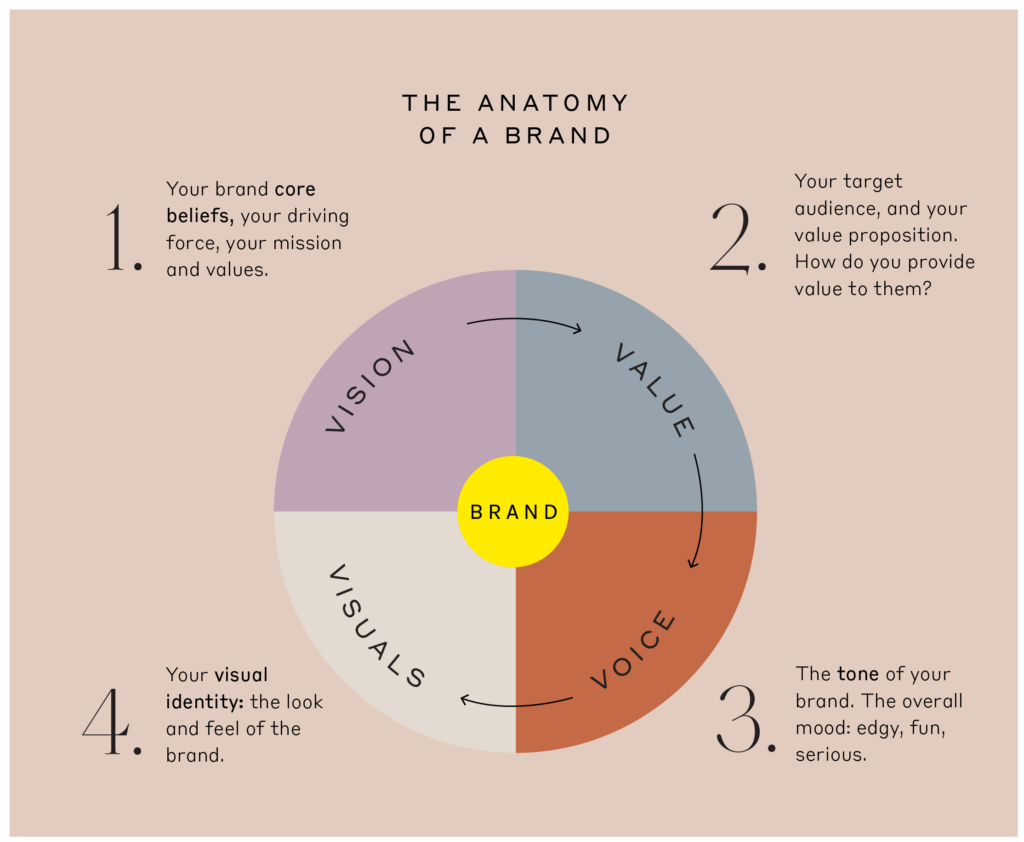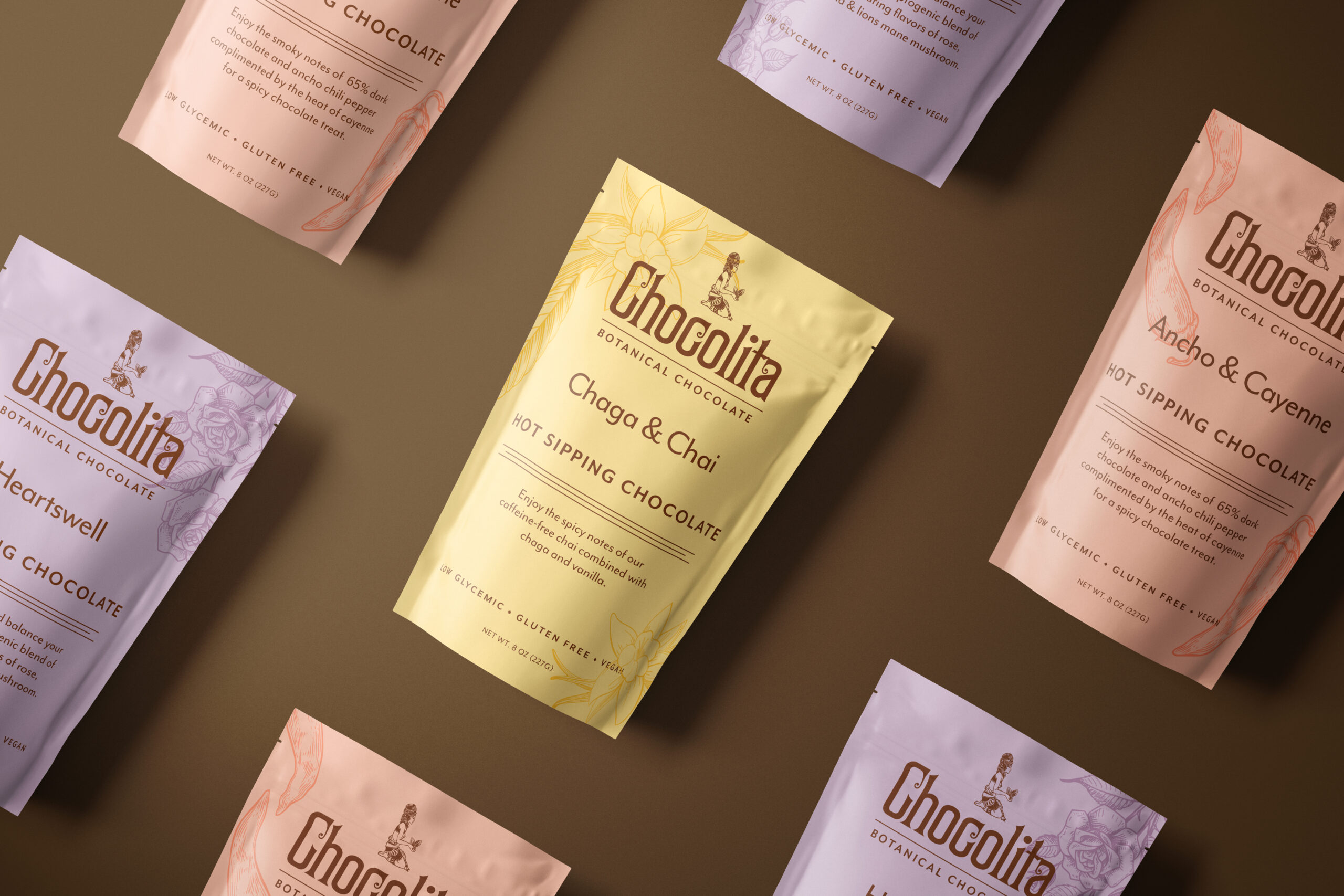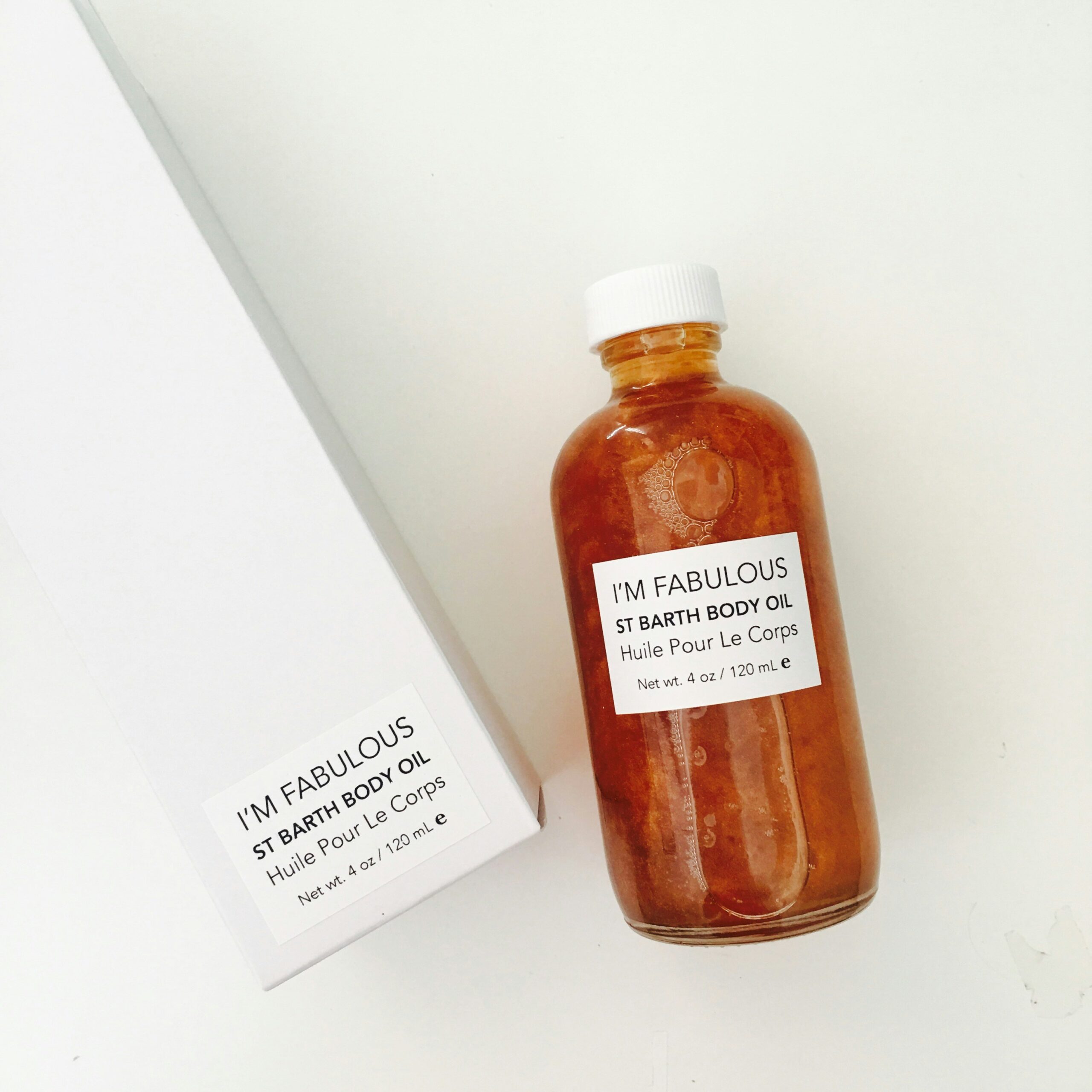
When I first started working as a professional designer I used to think “brand strategy” was one of those meaningless corporate phrases that you would find in the corporate BS generator. But I gradually started to learn how important brand strategy is when designing visual identities and logos for brands. If you don’t have a firm foundation for the visuals you will often end up relying on your personal taste, what is trending in the market, what your competitors are doing, or worst of all, some abstract idea of “modernism” or “minimalism” which often lacks any emotional connection to your customers (see the recent Johnson & Johnson rebrand).
First of all, what is branding? Branding is not just a cool logo and color palette (although these are both important!). It’s a strategic effort to establish the desired perception of your company in the minds of potential customers, to turn them from prospects into buyers.
What is a brand strategy? It is how your brand’s values, vision, and voice come together to set the foundation for your visual identity. It is a long term plan for how the brand will sound, feel, look, and behave. It involves defining your target audience, mission, vision, core values, messaging, and positioning to create an aligned foundation for the visuals. By speaking in a specific way to your specific audience, you can create an emotional connection, foster trust, and create a sense of a personal connection in a sea of sameness.

An easy and memorable way to break it down is:
1.) Vision:
your brand’s core beliefs, your driving force, your mission and values.
2.) Your target audience, and your value proposition: How do you provide value to them? What problem are your solving for them? What need to they have that is unmet that you can fulfill?
3.) Voice: The tone of your brand. The overall mood: edgy, fun, serious. This can be relied on for written communication and also informs visuals. A tightly woven brand voice often sets apart more elevated brands from the competition.
4.) Visuals: the look and feel of the brand. This includes but is not limited to, visual identity (logos, marks, color palette, photography, typography, visual structure), visual assets, marketing collateral, digital assets, packaging, signage, and interior design.
For some examples, I have been looking at brands where the strategy is an important part of the foundation for the visuals and the entire brand story. This really shows through in the cohesive nature of the visuals, the brand voice, and the positioning, to focus on a specific customer, with every detail put through the filter of what that customer wants and needs.

Here is a recent example I found as I was shopping for glasses: Caddis readers – Their vision, target audience, voice, and visuals are all very aligned and very seriously considered. They have a narrow and tightly defined customer base (creative folks that need reading glasses and are not afraid of owning it!) and all of the messaging is directed to that customer. Compare this to Glasses USA – a very broad audience, lack of direction, no notable voice, no cohesion, and no emotional connection. Will you find glasses you like on glasses USA? Probably, they have a lot of glasses. Will you have fun looking for them, imaging yourself in them, thinking of what cool, creative projects you’ll be able to take on once you can see again? Probably not.

Another example I love is Ghia. The branding, by Perron Rottenger is so cohesive, from the logo, to the bottle, to the photography, to the website, to the copy, everything has a singular point of view. The goal was to make a non-alchoholic apertive that will be here “for a good time and a long time”. The “clear eyed and high minded” aesthetic flows through all channels. Everything about the brand delights.
Thinking about a rebrand for your business? Get in touch with me here, or download my DIY & Dig brand strategy workbook to dip your toes into exploring brand strategy on your own.





Comments +